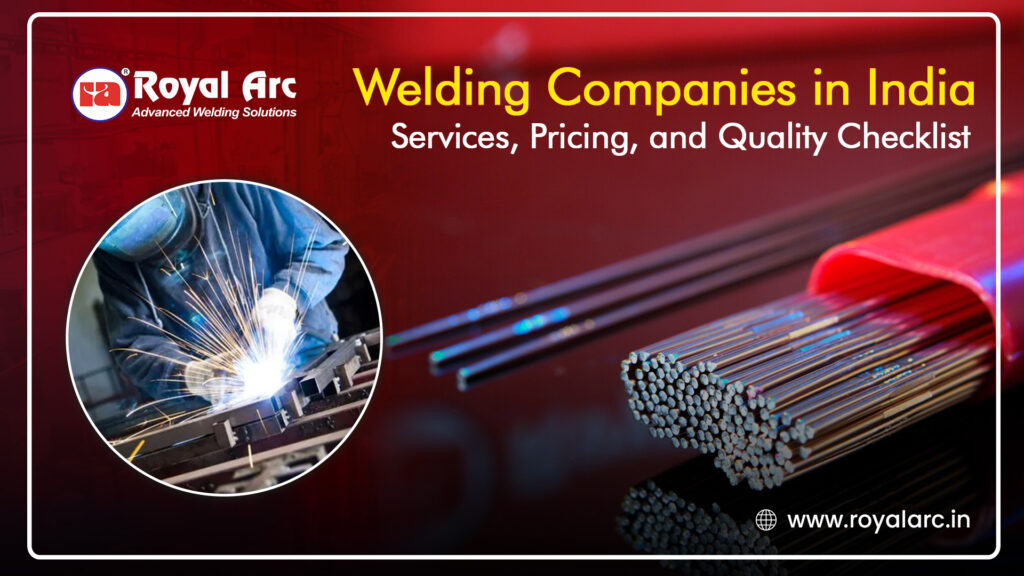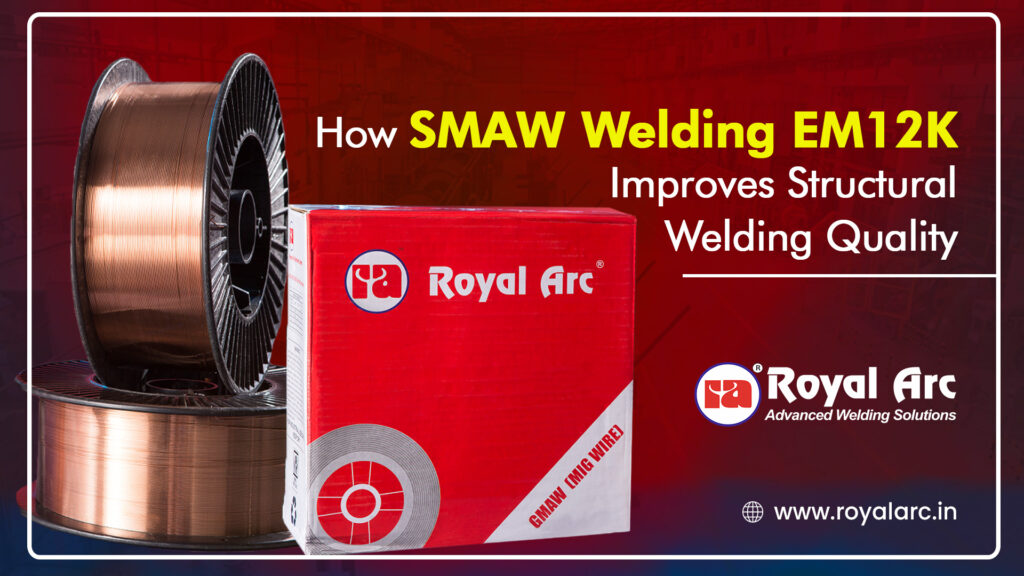Welding electrodes are utilised in a variety of industries, including autos, construction, and so on. Electrodes are utilized to create an electric arc when welding two pieces of metal together. The metals heat up and melt together, forming a stronger bond. The outer flux layer on the welding rod protects the metal, stabilises the arc, and enhances the weld.
The electrode falls under 2 main categories, either consumable or non-consumable, depending on the welding procedure. For a job, it must be carefully chosen. Different kinds of welding rods have other characteristics.
Welding Electrode Manufacturers provide electrodes in various shapes and sizes, which consumers can choose from. Each has characteristics that make it perfect for a specific use. Electricity is pulled through an electrode in welding applications, resulting in an arc of electricity at the electrode’s tip. When the arc at the edge of an electrode is dragged onto a workpiece, welds are formed. Many electrodes melt and are deposited onto a workpiece, forming a metallic filler, while others do not melt and provide a place for an electric arc to occur.
How Many Types Does a Welding Rod Manufacturer Offer?
To make strong welds, welders must utilize various materials, but do you understand the different kinds of welding electrodes? The thickness of the metals, the type of base metals, and the current you use to weld all impact your electrode selection.
How many various kinds of welding electrodes are there? Consumable and non-consumable electrodes are the two types of electrodes. Consumable electrodes are used by arc welders and MIG welders, whereas TIG welders use non-consumable electrodes.
Why Welding Electrode Manufacturers Cover the Electrodes?
When molten metal is exposed to air, it absorbs nitrogen and oxygen, which causes it to deteriorate and become brittle. To protect molten/solidifying weld metal from the atmosphere, welding rod suppliers use a slag blanket would be required, however, electrode coating offers this protection.
The coating composition of welding electrodes determine their utility and, as a result, the composition and specification of the deposited weld metal.
Welding rod wholesale supplier develops welding electrode coatings using well-established metallurgy, chemistry, and physics principles.
Arc stabilisation provided by the coating improves welding in the following methods.
1. A minimum amount of spatter in the welding zone
2. A smooth weld metal surface with even edges
3. A welding arc that is both stable and smooth
4. A robust and durable finish
5. Simple slag removal
6. A higher rate of deposition
7. Welding penetration control
What Are the Various Welding Electrode Types?
You are more likely to utilize a consumable electrode unless you do TIG welding. The only exception is if you utilize carbon electrodes in an arc welder. Carbon electrodes are formed of carbon graphite and are non-consumable.
Welding electrodes manufacturers in India provide the below electrode types.
Non-Consumable Electrodes
Carbon and tungsten electrodes are examples of non-consumable electrodes. In residential and industrial applications, tungsten rods for TIG welding are more frequent than carbon rods.
Carbon Electrodes
Carbon arc welding is a less common and older type of welding. CAW is a procedure you’re unlikely to encounter in a welding shop even though it’s still used today.
Consumable Electrodes
Consumable electrodes are the most popular electrode type, and they are used by both MIG and Shielded Metal ARC welders. Consumable electrodes, unlike non-consumable electrodes, melt throughout the welding process.
Welding electrodes manufacturers in Mumbai supply MIG electrodes that are made of a thin wire that is automatically supplied into the welding gun by the MIG machine. Human-operated MIG welders are regarded as semi-automatic welders, while robot-operated MIG welders are considered fully automatic.
MIG wire is not coated with flux because MIG machines use a shielding gas to protect the weld. Bare electrodes are used to weld manganese steel since they don’t have a flux covering to protect the weld pool.
Arc welders prefer coated electrodes offered by welding rod manufacturers in India are split into three categories.
• Electrodes with a light coating
• Electrodes with a medium coating
• Electrodes with a thick coating or shielded arc electrodes
Light Coated Electrodes
Light coated electrodes contain a thin flux coating, as the name implies. The flux shields the weld pool against contaminants such as phosphorus, sulphur, and oxides, even though it does not provide a dependable shielding gas.
Medium Coated Electrodes
Medium coated electrodes, such as low-hydrogen rods, are commonly used by both novice and experienced welders. Offshore drilling, commercial building construction, bridge construction, and pipeline welding are just a few of the applications for medium-coated rods. Medium-coated electrodes have a coating factor of 1.45 and are characterised by readily removed slag, excellent arc control, and the capability to weld in all positions.
Heavy Coated Electrodes
Heavy coated electrodes have a coating factor of 1.6 to 2.2 and contain the most flux. When the coating is fired in the weld pool, it produces a shielding gas that protects the weld.
The rods are made up of 3 different materials: cellulose, mineral, and cellulose plus mineral combination
Takeaway
Even if you know the various welding electrodes, selecting one for a specific product can be tricky. Before you start welding, you need to figure out what kind of welding rod you’ll need. Each of these electrodes is given a name based on a set of characteristics. If you are looking for more guidance, give us a call! Royal Arc is one of the leading welding rod manufacturers in Mumbai




